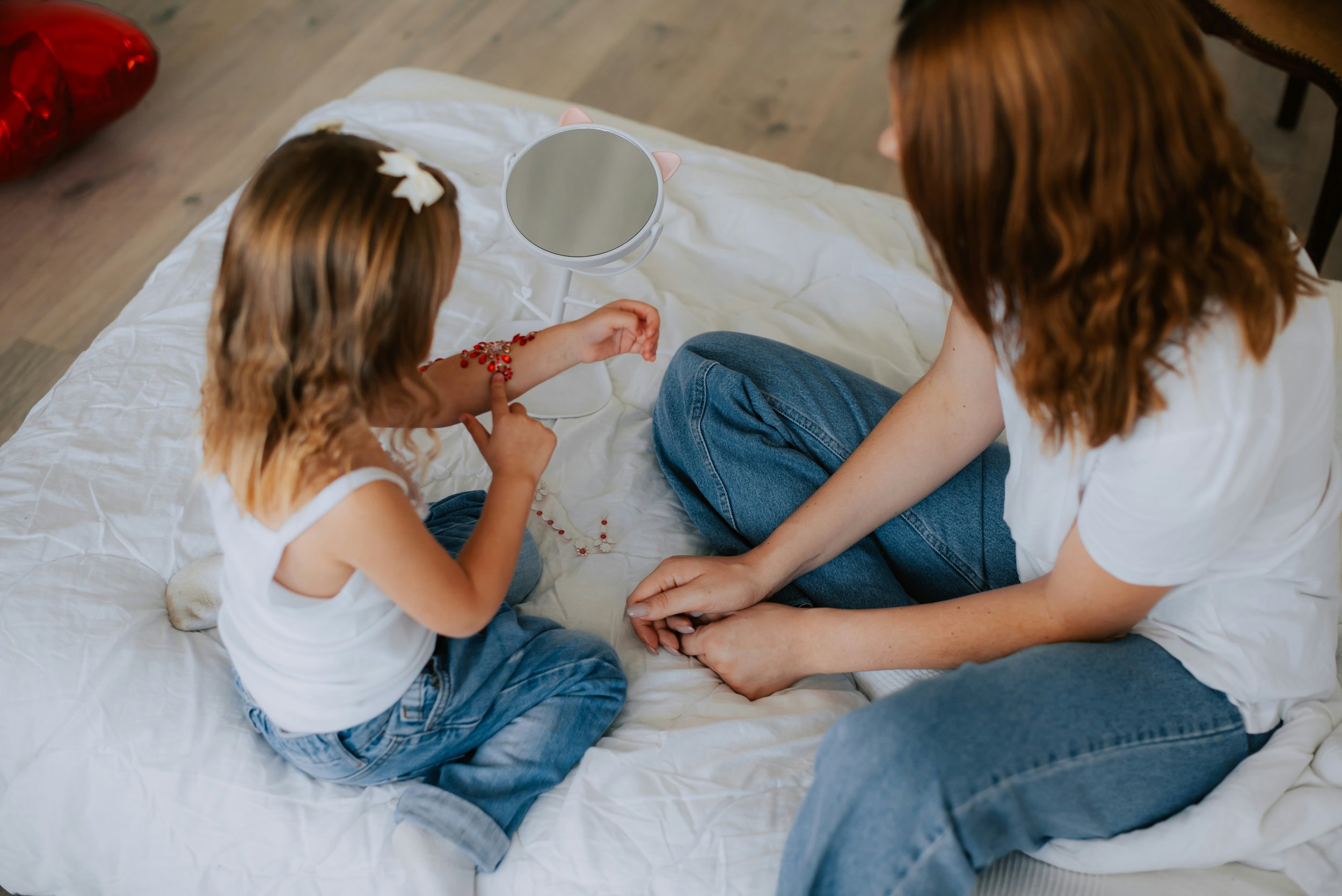Navigating the Back-to-School Transition
A Journey Through Attachment
The return to school after a break is a pivotal moment for both children and parents, often marked by a blend of excitement and anxiety. As a counselor, I frequently encounter parents grappling with the challenges that surface during this transition. Many parents often look forward to getting back into the school routine and the ‘normalcy’ of the school day. At the same time, it’s often marked with noticeable changes in their child(ren). Understanding the complexities of this transition back to school through the lens of attachment, can shed light on the emotional intricacies that children experience during this period.
Attachment in young children is all about the deep emotional connection they form with their primary caregivers, most often you, the parent(s). This bond plays a crucial role in shaping your child's overall emotional and social development. Picture it like a secure base – when children feel attached, they gain the confidence to explore the world around them. It's like having a trusty home base to return to when they need comfort or reassurance. This emotional security serves as a foundation for healthy relationships and a strong sense of self.
In everyday life, you might notice signs of a secure attachment when your child seeks comfort from you when upset, shows joy upon your return, or engages in cooperative play. It's those moments of connection, responsiveness, and trust that lay the groundwork for your child's emotional well-being.
When a child gets ready to go back to school again after an extended break, this can be viewed for some children as a threat to their connection with you, disrupting their sense of attachment and security. This threat manifests in many different forms depending on the child and their personality.
One prevalent sign is increased neediness. Your child might suddenly become more clingy, seeking constant reassurance and closeness. This heightened dependence is a manifestation of your child's struggle with the temporary separation from their primary attachment figure – you! Anxiety and fear of separation are also common indicators. Children may express reluctance to leave the safety of home or exhibit resistance towards school-related activities, reflecting their emotional unease.
Tears and emotional outbursts can further signal the turmoil associated with separation. The return to school becomes a poignant reminder of the detachment from the primary source of security. In these moments, it's crucial for parents to recognize that these behaviors are not mere expressions of stubbornness but rather attempts by the child to grapple with the emotional challenges of separation.
To navigate this delicate transition, re-establishing connection is paramount. Quality time spent with your child before the school resumes can provide the reassurance they need. Engaging in activities they enjoy fosters a sense of closeness and security, reinforcing the attachment bond. connection. Sometimes creating these connections can come in small moments: making sure to take extra time in the morning for a cuddle in bed, laughing and playful moments help to strengthen that connection quickly.
Validation of emotions is equally crucial. Let your child know that it's okay to feel anxious or sad about returning to school. Create an open space for them to express their emotions without judgment. I find that we are very quick to rush to the response of “you’ll be ok, you like school”. Making space to hear our child’s concerns without the caveat of a positive spin doesn’t encourage or help to intensify a child’s anxiety, rather it provides respite for them. Knowing that we as parents are able to hold space for their worries helps children to relax. If your child is experiencing significant apprehension about the return to school, gradual separation practice can be beneficial. By reintroducing short and positive separations with the assurance of your return, you help build your child's confidence in managing separations.
Establishing a routine provides a sense of predictability, a comforting anchor amid the changes. Collaborating with teachers and maintaining open communication about your child's emotional state can contribute to a supportive school environment. Encouraging the use of transitional objects, such as a favorite toy, can provide a tangible link to home, offering comfort during the day.
One of the most important things we can do as parents is to re-connect with our child after a separation. Reconnecting with our child after a separation stands out as one of the paramount responsibilities for parents, as it involves more than just a physical presence – it's about reestablishing a strong emotional bond and reminding your child how much you delight in them and who they are wholly. Whether our little ones have returned from school, a playdate, or any other time apart, taking the initiative to reconnect allows us to bridge the gaps that may have emerged during the separation. This can involve simple yet impactful gestures, like warmly greeting them at the door, savoring their infectious smiles, or sharing their favorite snack to create a cozy, shared moment. Engaging in conversations about their day, actively listening to their thoughts and feelings, and participating in activities they enjoy all contribute to nurturing the emotional connection that is so vital for their well-being. In these moments of reconnection, we build a foundation of trust and love that reinforces our role as a steadfast anchor in their lives.
In essence, understanding the challenges of the back-to-school transition through the lens of attachment theory allows parents to approach these moments with empathy and proactive strategies. By prioritizing the emotional well-being of their children, parents can navigate this transition together, fostering resilience and strengthening the parent-child attachment bond.



